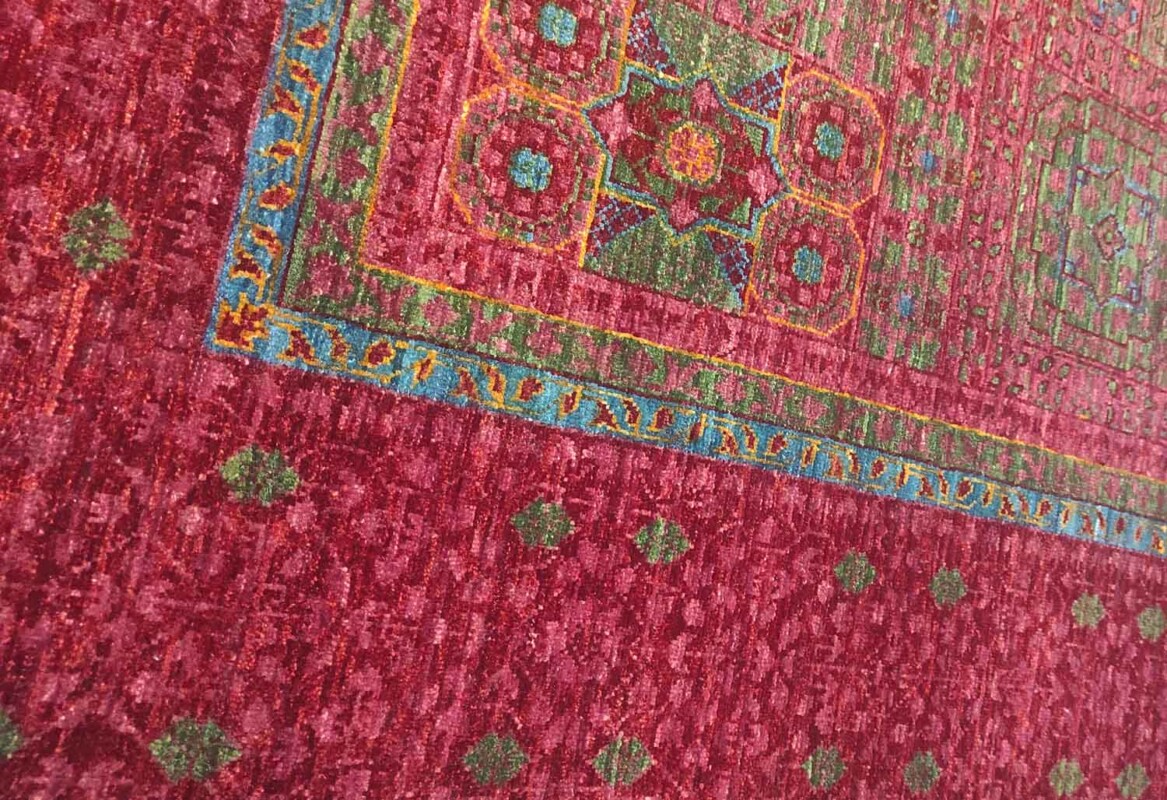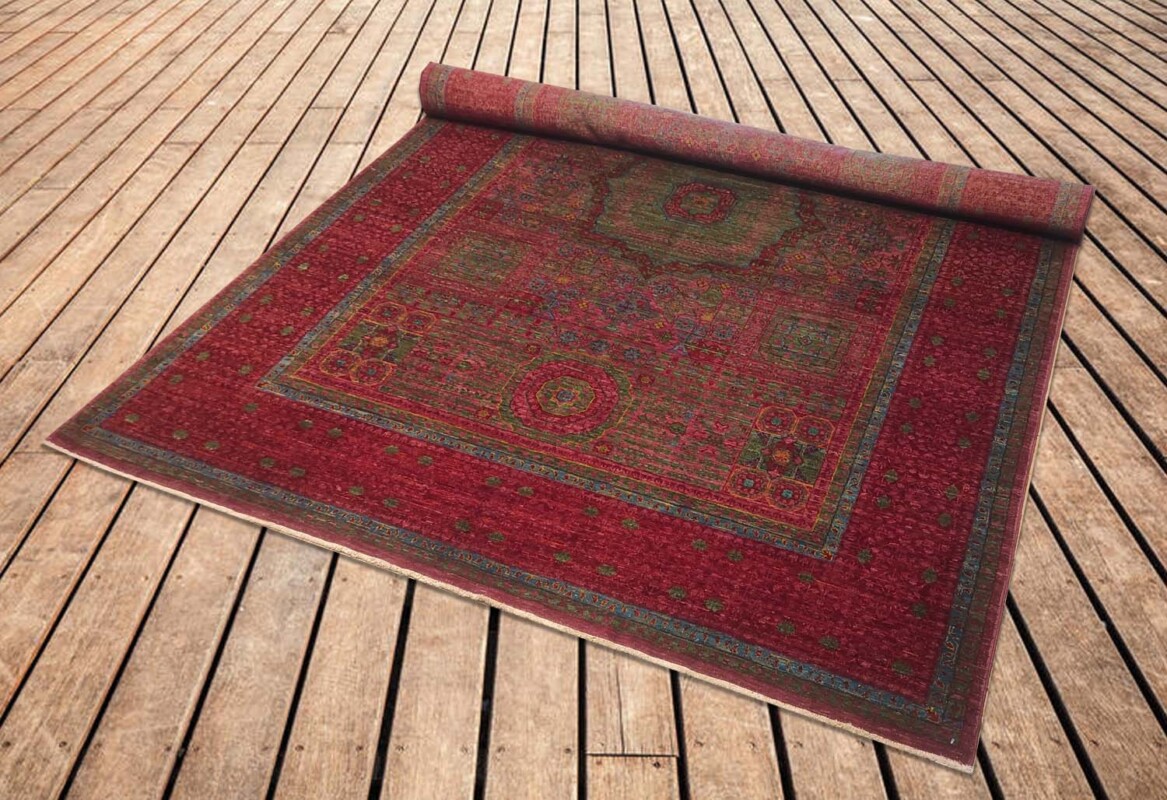Irana Carpets
Mamluk carpets
Mamluk carpets
The production of surviving mamluk carpets began from the second half of the 15th century to the middle of the 16th century, and continued even after the Ottoman conquest of Egypt in 1517. The first evidence of the knotting of carpets under the mamluk is by the Venetian traveler Giosafat Barbaro , made during his visit to Tabriz in 1474 when he noticed that the quality of the carpets produced in Tabriz was superior to those produced in Cairo. Although a cairene manufacturing center has long been established as the origin of the knotting of mamluk rugs, controversy over the stylistic origins of these rugs continues. Scholars argue that mamluk rugs represent not only external influences, but also foreign technology introduced to Egypt by Iranian or Central Asian weavers.
Mamluk rugs have distinctive features in their design, often dominated by geometric patterns and were colored mainly in red with accents of blue, yellow and green. There are three types of mamluk rugs: 1) the main quadrangular background has a small square pattern in each of the four corners. 2) The main rectangular background consists of a central element flanked by oblong panels further divided into two, three or five medallions with designs that reflect the central element. 3) The large main background carpet is divided into several sections and medallions.

The configuration of most mamluk rugs can be simplified to a single central component radiating outward from the carpet core, which is framed by the outer edge or flanked by oblong panels often broken down into tripartite shapes that echo the geometric design of the central component. In some cases the oblong panels contain rows of stylized cypress trees, palm trees, and an umbrella-shaped leaf design. The outer edges, a main distinguishing feature of all mamluk rugs, are constantly lined with medallions alternating with oval scrolls.
(Source:
Carlo Maria Suriano, “The Mamluk Landscape: Carpet Weaving in Egypt and Syria Under Sultan Qaitbay”, Hali 134-135 (2004), 94-105.
Kurt Erdmann, “Neuere Untersuchungen zur Frage der Kairener Teppiche”, in Art Orientalis , vol. 4 (Michigan, 1964), 65-105; Sumiyo Okumura, Halit Eren, The Influence of Turkic Culture on Mamluk Carpets (Istanbul, 2007).
Esin Atıl, Renaissance of Islam: Art of the Mamluks (Washington, 1981) 223-248.)




